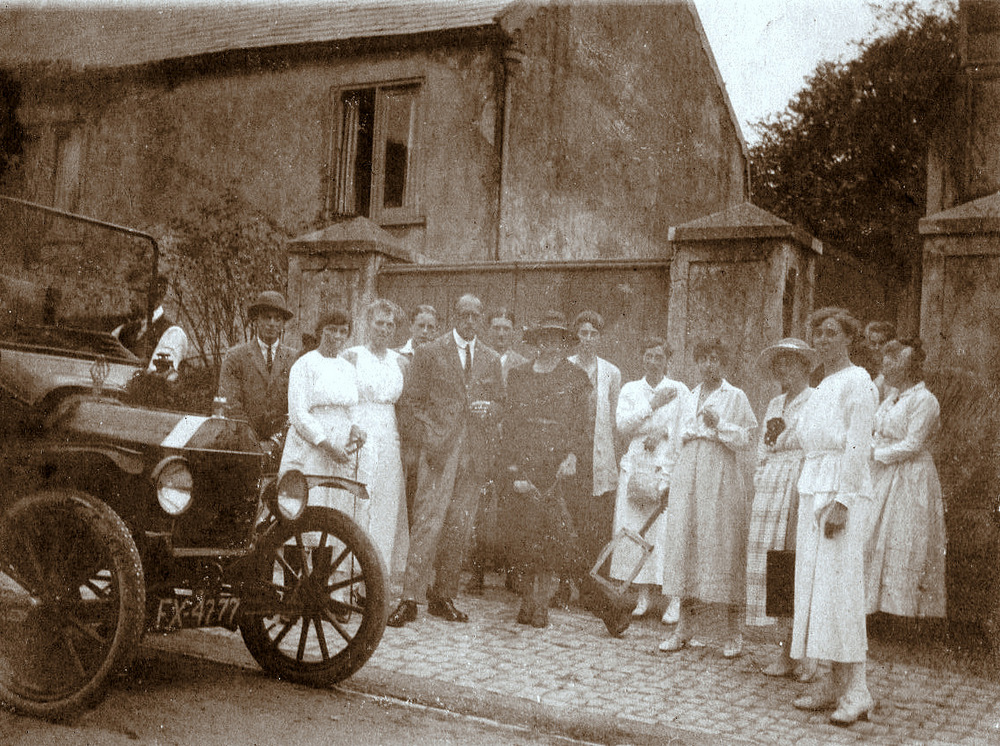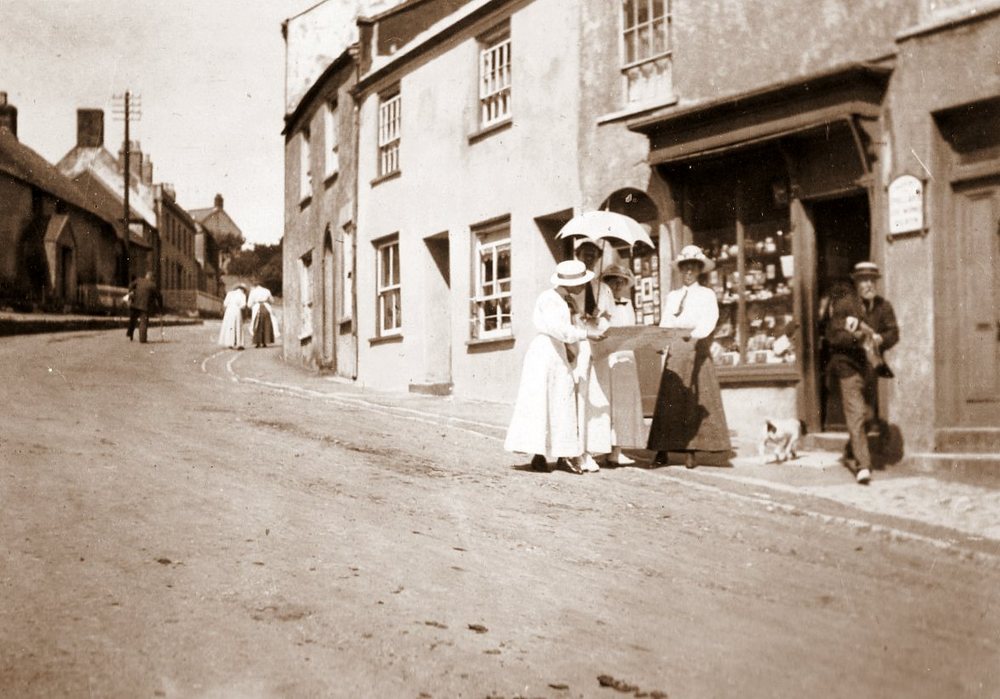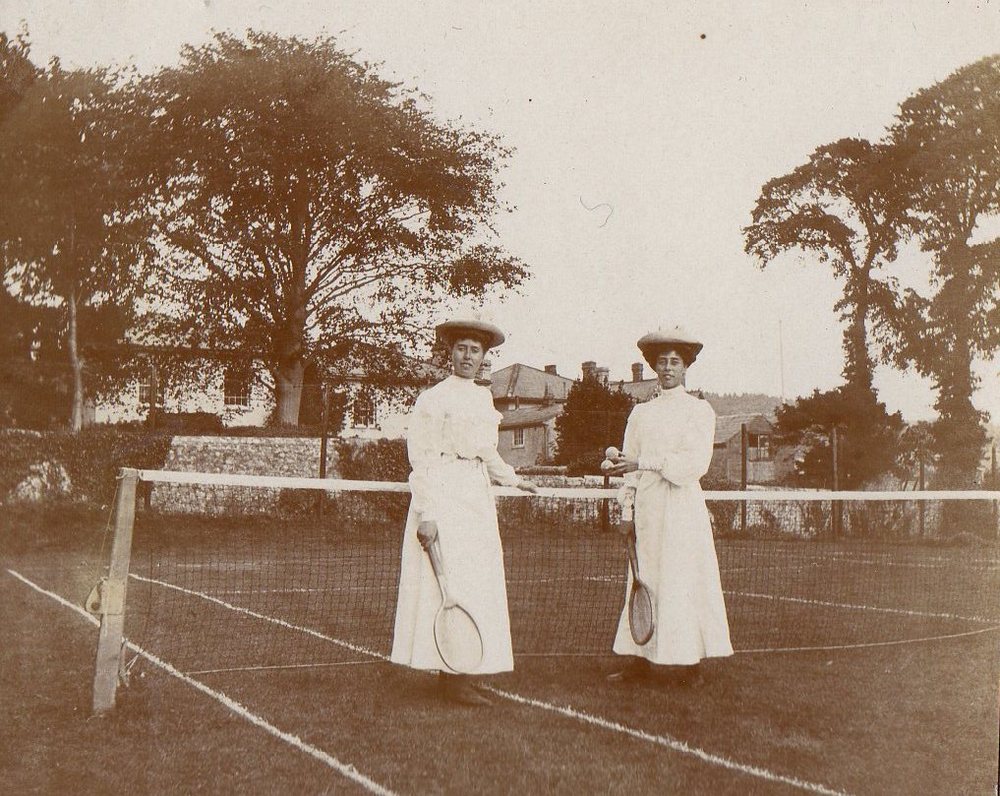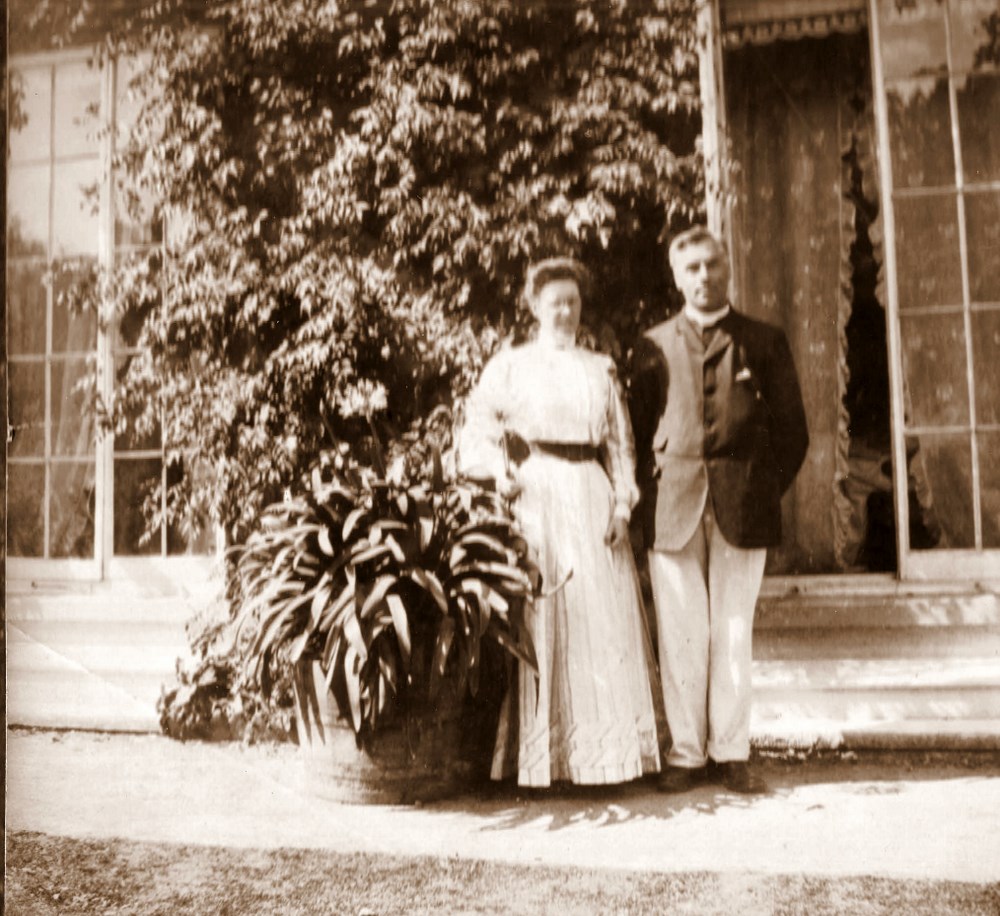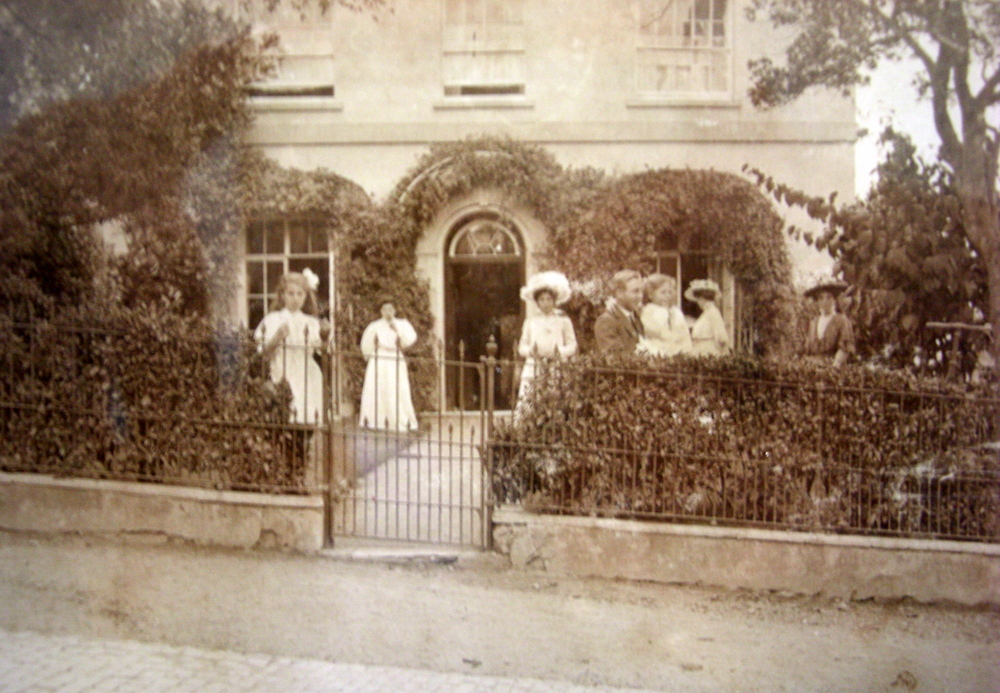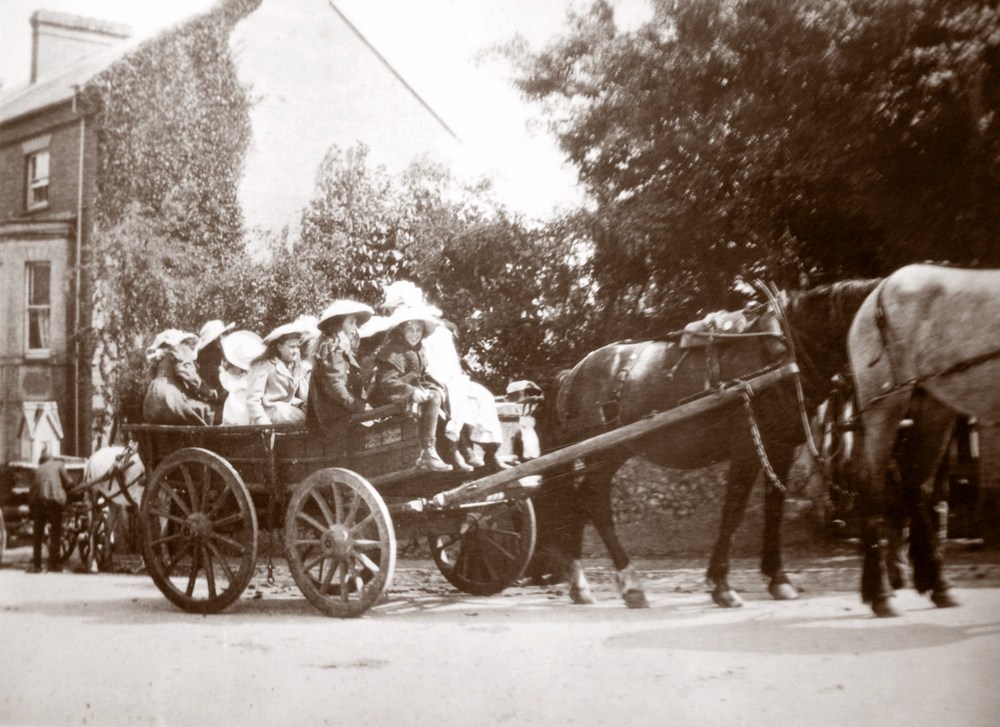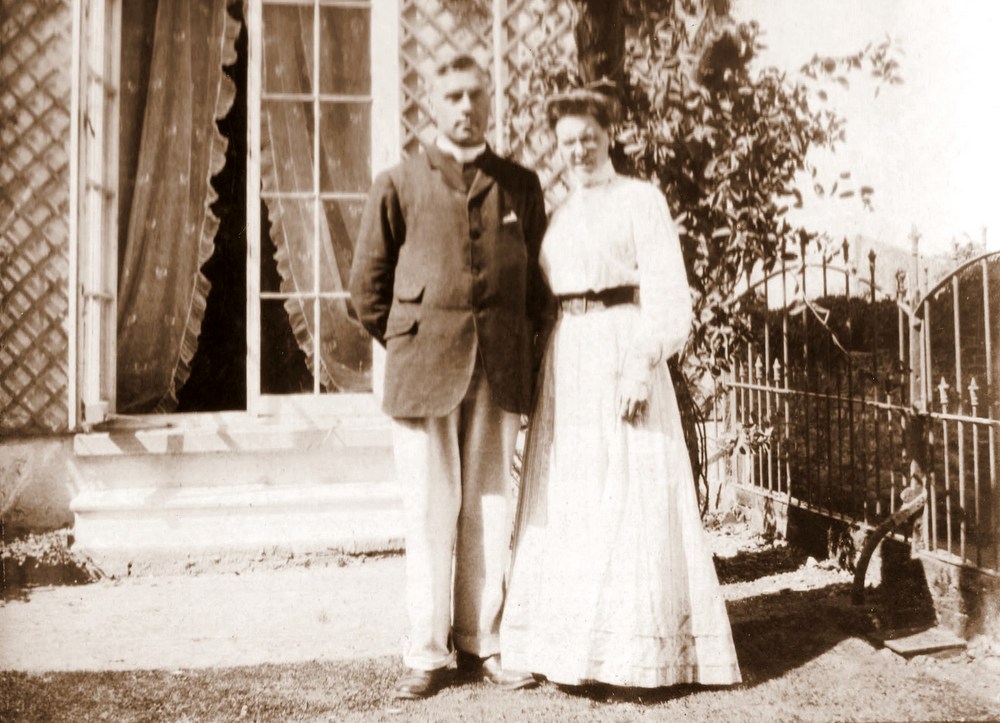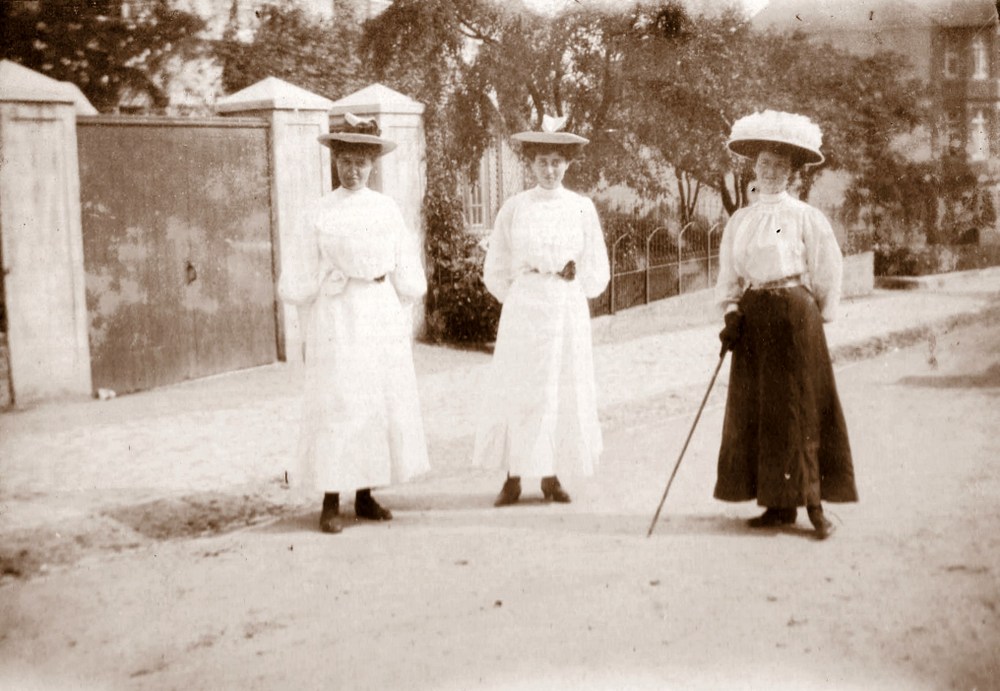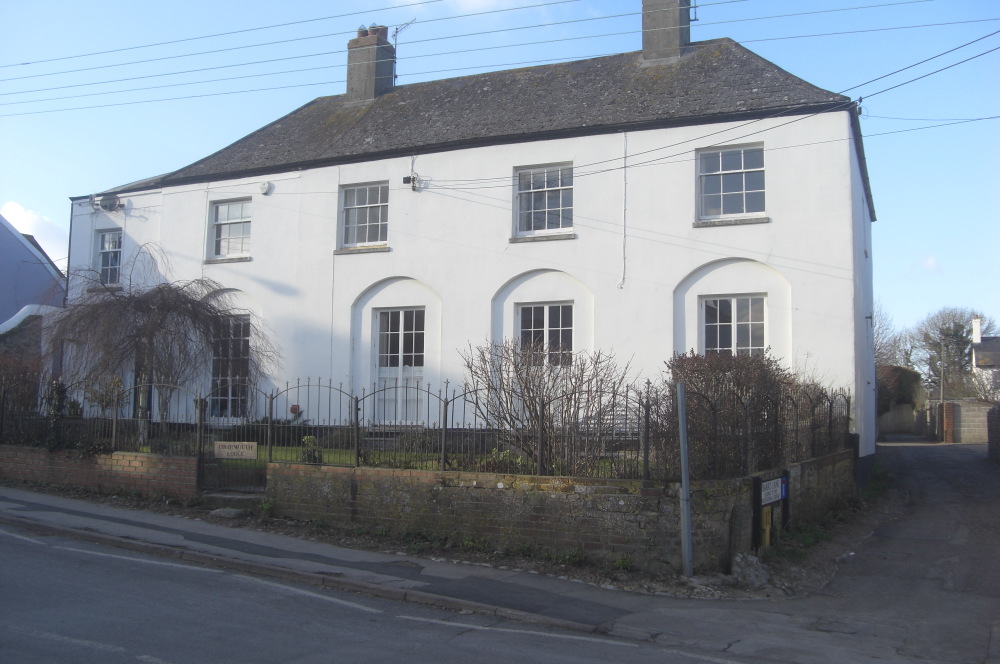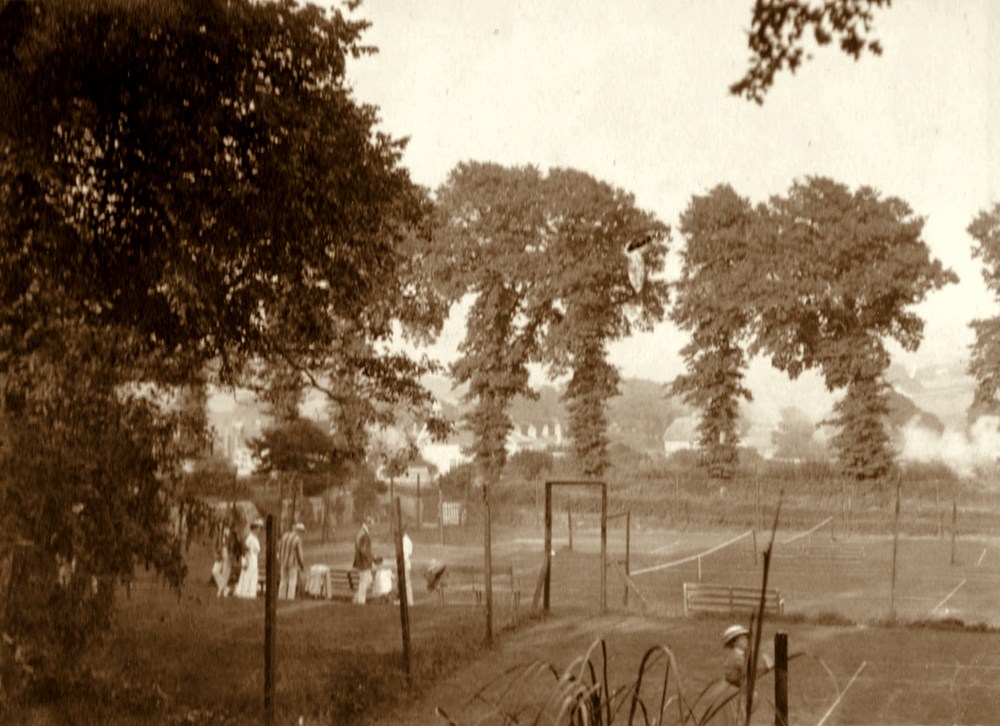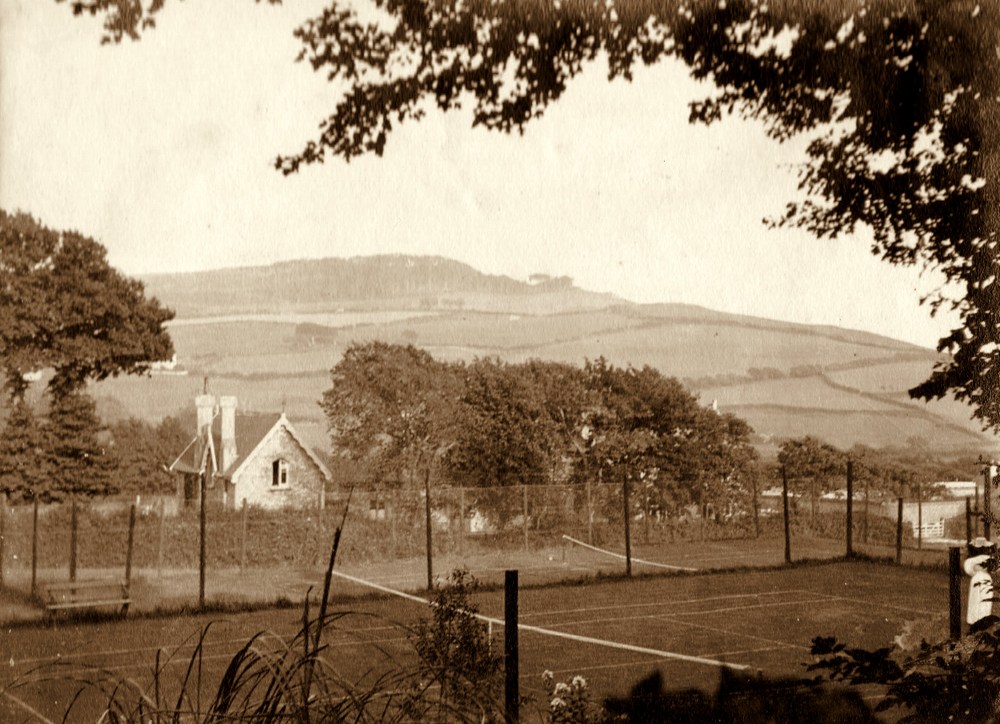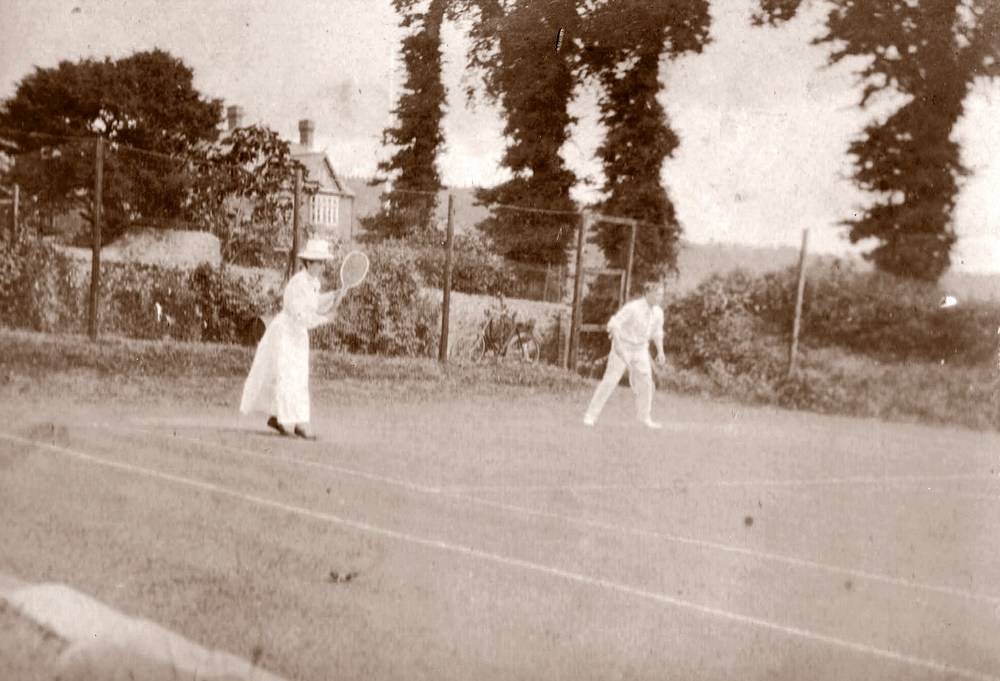A History of St. Andrew`s Church, Charmouth
Amongst the favourite pantomines down through the years has been Dick Whittington and his Cat Many people know the panto is based on the true story of Richard Whittington, from Gloucester, who did indeed become London's Lord Mayor. But fewer were aware that the last remaining members of the Whittington family lived their final years in Charmouth.Charmouth Lodge, originally known as The Limes, was built around 1830 and was home to the descendants of Richard Whittington for almost 70 years until the last remaining member died in the late 1970s. Mrs Whittington and her five daughters were well-known in the village as a result of their pedigree and also through their involvement in church matters, the tennis club and an exclusive private school. None of the five daughters married and the longest surviving, Winnie and Joan, retained the position of Grande Dames of the village until Winnie died in 1974, aged 95, and Joan died in 1976, aged 91. Apart from its famous inhabitants, The Limes is also the richest source of supernatural happenings in the village. Ellis Long, a prominent village resident, interviewed Joan Whittington in 1974. Joan told her about a grey-clad monk who was often seen walking slowly from the house, through walls and into the garden. This apparition was always to be seen on Hallowe'en it was claimed and has been verified on two occasions by other residents of the house as recently as 1999. Also, perhaps once a year, they heard the sound of horses hooves galloping over the roof. In addition, Joan spoke of frequent appearances of a young lady in white who sometimes passed the Whittington family on the stairs. The White Lady, as she became known, was said to be a sad, young presence who did not disturb the family in the least. There was, however, one dramatic exception to her behaviour reported. In the 1950s, the Rev J Robinson, a relative of the Whittingtons, was playing the piano by candlelight one night when the White Lady entered the room and laid cold hands upon him, clutching him about the throat. He stopped playing and was so shocked that he never entered that room again. Joan also told Ellis of a damp smell in the drawing room. Bert Smith, local builder and village councillor, was called and found dry rot in the boards. Under the floor, an ancient well was discovered with the skeleton of a young woman laid across it. This was thought to be the remains of the White Lady and an explanation of her presence in the house. In an attempt to avoid the obvious publicity that would arise from the discovery, the Whittingtons consulted the local rector. Very discreetly, the remains were taken at night and buried in a secret spot in the church cemetery. The White Lady was never seen again! The real Richard Whittington (1354-1423) was the youngest son of Sir William Whittington, Lord Mayor of Pauntley in Gloucestershire. When Sir William died in 1358 his eldest son inherited the estate, so Richard went to London to find work. He made his fortune as a mercer – a dealer in cloth – and then entered London politics, eventually becoming Lord Mayor in 1397. When he died in 1423 he had been Lord Mayor of London four times and Master of the Mercers' Company three times. His wife Alice, daughter of Sir Ivo Fitzwarren – a Dorset knight of considerable property – had died before him. The couple had no children so Richard left his fortune in a trust administered by the Mercers' company. His estate of £5,000 – the equivalent of several millions today – was used for charitable purposes and his bequests are still benefiting people today. |
| Charmouth Tennis Club was a very select club and only high-ranking service officers, landed gentry, doctors, lawyers and those of independent means were allowed to join. It seems to have remained like this until well after the Second World War. The four Whittington sisters - Beryl, Winnie, Dorothy and Joan - were of the Victorian era and mould, and were the last living descendants of Sir Richard Whittington, Lord Mayor of London in his day. The sisters ran a small prep school, called The Limes, which was in Little Lodge, a building adjacent to the Whittington's home. Joan drove an ambulance for the LCC during the war. The sisters seemed to have run the club from the early part of the 20th Century and once seen, never forgotten! All four played in long black skirts, white blouses and black cardigans. They all wore their hair plaited and close to their heads. Joan was the best player and was accepted for Wimbledon, but was not allowed to play as she declared winning prize money from a tournament in Cairo. At least two of the sisters played for Dorset. |
